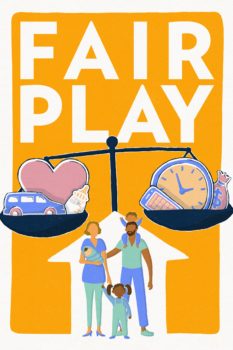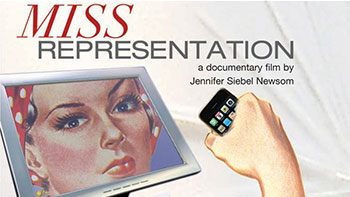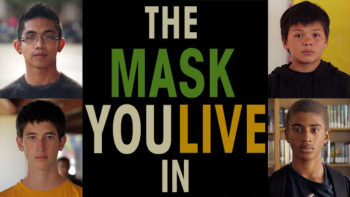Why Halloween costume advertising is pretty much the worst…
by Leah Debber
Anyone who has seen a packaged Halloween costume in the past few years has probably caught a glimpse of what the holiday has (de)evolved into. Halloween, which for many was once a time for candy and spooky stories, has been overrun by hyper-sexualized imagery. The day has largely become about the body and, more specifically, about the young, white, fit (and busty!) female body.
While there is nothing wrong with this body type in and of itself (or wanting to dress however you please on this day or any other day), the Halloween costume industry has featured it almost exclusively. This not only supports a form of body shaming, but it largely excludes women of color and of different sizes and ages from appearing in Halloween culture.
The over-saturation of the ‘perfect’ body image that is featured on costume package after costume package is selling more than just a revealing outfit. By emphasizing this one ideal, women who look different face forms of body shaming and alienation. Full-figured women, older women, and women of color are discouraged from participating in Halloween culture because they do not fit the image that is advertised as ‘acceptable’ for most costumes. It is implied that the only person who should be wearing a provocative costume is someone who is young, white, slender, and female.
The seemingly conscious decision to exclude most women from costume packages is completely unacceptable (there is, apparently, more body diversity on retailer websites). A lack of visibility and diversity implies that there is something wrong with differing from the created norm, or that it is somehow unappealing. This encourages women to further contemplate the way they look – something the media already encourages us to do the rest of the year – rather than kicking back to enjoy the holiday season.
The adult women’s costume section isn’t the only place that revels in body shaming though, as many even more problematic and offensive costumes can be found in the “funny” section of men’s costumes.
Some say that imitation is the most sincere form of flattery — but when it comes to Halloween costumes that mock the female body, that’s certainly not the case. Take, for example, Spirit Halloween’s “Giant Boob” costume. Nothing says respect for a woman more than a piece of her detached anatomy. And if that amount of objectification alone isn’t funny enough for you, have no fear, the nipple squeaks too!
Or how about Spirit’s “Droopers” costume? The costume comes with attached breasts which “droop” beneath a short crop top. The description asks, “ever wonder what happens to the girls who work at Hooters? There’s no real retirement plan when you’re a waitress”.
These costumes are shaming the bodies of women by turning them into objects meant to be ridiculed by men (note that these only appear in the men’s section). A breast is either ‘hot’ and then accepted within the main sphere of Halloween costumes, or it’s ‘not’ and therefore it becomes funny. Because the Giant Boob is not attached to a real, ‘perfect’ woman’s body, it becomes comedic. In the same way, because the Drooper’s breasts ‘droop’ and differ from the ideal, they become hilarious. This sentiment is not only ageist, but it’s insulting to the different bodies of women. There is already enough conversation that occurs on behalf of women’s bodies around Halloween (and in our culture at large), to which these costumes only add an extra disturbing element.
The point of this piece is not to demonize those who look like the women on the costume covers, or to bully all those who choose to sport these costumes. But rather it is a call-to-action for people to start thinking critically about our limited and gendered options for Halloween, and how they affect how we think about ourselves and each other. There are so many things about Halloween culture that are problematic, and looking at costumes is just scratching the surface. Hyper-sexualization, the prizing of some bodies over others and gender stereotyping has created a climate that actively perpetuates sexism in society.
Maybe it’s time we asked retailers like Spirit Halloween to take a stand and stop contributing to this harmful trend.



